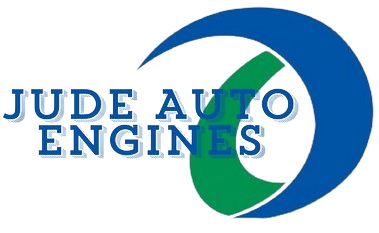Diaphragm metering pump can use a diaphragm to completely isolate the flowing liquid from the driving lubrication mechanism. It adopts a high-tech structural design and uses the latest PTFE and rubber composite diaphragm, which has strong corrosion resistance and greatly improves the efficiency of the diaphragm. This diaphragm dosing pump is widely used for water treatment plant, boiler, or handing chemicals.
Specification
Model: ATO-DJ-Z420/0.5
Flow: 420L/h
Pressure: 0.5MPa
Pump Speed: 144rpm
Pump Head Material (Optional): PVC (Default), 304 Stainless Steel, 316 Stainless Steel, PTFE
Motor Power: 550W
Motor Voltage (Optional): 380V 50Hz (Default), 220V, 110V, 420V
Inlet & Outlet Diameter: DN25
Weight: 28kg
Dimension (Unit: mm)
Tips: Does a diaphragm dosing pump need lubrication?
Diaphragm dosing pumps do not typically require lubrication. These pumps operate on a different principle compared to traditional piston or rotary pumps, which often rely on lubrication to reduce friction and wear between moving parts.
Diaphragm metering pumps use a flexible diaphragm or membrane to displace the liquid or gas being pumped. The diaphragm is usually made of materials like PTFE, EPDM, or other elastomers that have low friction properties. As the diaphragm flexes back and forth, it creates a pumping action without the need for lubrication.
The absence of lubrication in diaphragm metering pumps offers several advantages, such as reduced contamination risk in sensitive applications like chemical dosing, improved compatibility with a wide range of fluids, and easier maintenance. However, it’s essential to follow manufacturer guidelines for maintenance, including regular inspection and replacement of diaphragms or seals, to ensure the pump’s continued reliability and performance.

















